Browse Exhibits (23 total)
American Cults and Scientology

This exhibit explores classic American cults and identifies the common features between the Branch Davidian, People's Temple, and Heaven's Gate cults to create a definition for what a cult. The four main characteristics of a cult include religious motivations, extremist acts and behaviors, a lifelong commitment by the cult members, and the promise of a better life. By combining these characteristics, a cult can be identified as an organization where people are promised a better life and given religious motivations to join it for their entire lives, committing extremist behaviors and acts. This definition provides clear guidelines for what a cult is, and what it is not, which can be used to determine what organizations are cults. This exhibit also examines key features of Scientology to identify it as a cult.
Atlanta Campaign
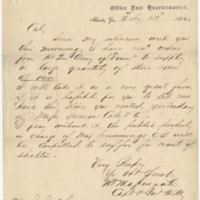
Why was the Union more successful than the Confederacy within the Atlanta Campaign during the Civil War? A big part of their victory in winning the Civil War and shaping modern day America came right here in the state of Georgia during the Atlanta Campaign in 1864. The Atlanta Campaign started in May of 1864 and lasted all the way until September of that same year. The Atlanta Campaign was one of the final nails in the coffin for the struggling Confederacy, once Atlanta was taken from their grasp it was all but over for the South. One thing that the story of the Atlanta Campaign lacks, though, is perspective. Most people view the Civil War through the eyes of the Union, because history is written by the victors. However, there are some perspectives that get lost, such as the war through the eyes of a Confederate soldier and even through the eyes of a Union army General.
Atlanta Public Schools
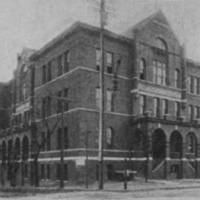
This exhibit presents the history of the Atlanta Public High School system beginning with the first school in 1872. The APS system was originally created to allow white Atlantans to receive a secondary education. However, following the forced integration of high schools in 1961, the black community began taking charge of the public schools. The number of public schools around the edges of the city, the predominantly white neighborhoods, began to diminish but stengthen those that stayed open, while more and more began popping up in the black communities. However, the inner city schools struggle to give students an adequate education. Even today, the white neighborhoods have primarily private schools, giving them better chances for their futures.
Atlanta Transportation Development
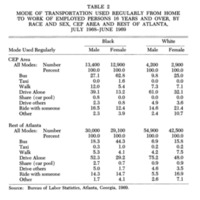
When studying Atlanta transportation patterns over the past century, it's important to understand how highway systems, public transportation and air transit affect the progression of the city. Transportation allows for movement of resources, people, and ideas, which is crucial for the success and growth of a major city. Atlanta is growing every day, and understanding its history is important in analyzing how the city will expand in upcoming years. Atlanta is now home to dozens of highway systems, accessible public transportation, and the busiest airport in the world. With its continued growth, we can make predictions on how Atlanta will grow in the future, in reference to the positive growth it's already experienced.
Bethesda
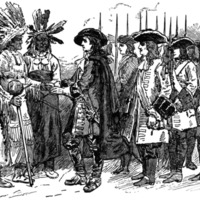
As a young British colony in the mid-eighteenth century, Georgia needed structure and guidance in order to flourish. Beginning with the port city of Savannah, several influential British men took the reigns and began to fashion the city in a way that London could never be. Desiring organization, social order, and protestant religion in a region formerly occupied by Native Americans, Reverend George Whitefield came to Georgia and continued his mission work he had started in England. This gave Savannah Bethesda, an orphanage for the children of the area who Whitefield felt needed guidance, both socially and spiritually, to become productive members of society. This establishment would quickly come to shape Savannah into a little London, whether that was the original intention or not. The building of Savannah as a prominent city in colonial America was a prestigious task, and the leaders of the colony kept close to each other and made projects, like Bethesda, an inside job in an effort to create a successful community.
Calvino's Cities

This exhibit collects several "invisible" cities from Italo Calvino's novel, Invisible Cities.
Desegregation of Atlanta
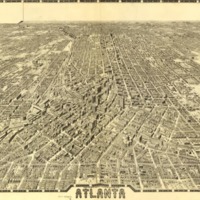
This exhibit follows the city of Atlanta, Georgia as it transitioned from segregation towards integration during the civil rights era, specifically focusing on four aspects within the city. It explores voter turnout and trends, transportation protests and freedom rides for integration, the desegregation of public schools and higher education, and racial implications for housing in Atlanta. The southern city transformed from one of isolation and segregation to one that is now known for its peaceful integration and tolerance of diversity.
Evolution of Atlanta
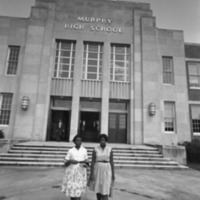
Founded in the 1830s, Atlanta has undergone a major transformation to become the city it is today. This exhibition examines the destruction of the city by General Sherman during the Civil War, its postwar reconstruction, the city's cultural and racial divisions through the integration of its public schools, as well as the city's evolution as a transportation hub from railways to airways. The transformation of Atlanta from the rubble left by the Civil War to international prominence by hosting the 1996 Centennial Summer Olympic Games reveals the city's remarkable resilience in overcoming numerous obstacles to become the city it is today.
Expansion of Historic University of Georgia
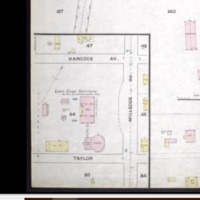
In 1785 the University of Georgia was founded in Athens, Georiga. Our exhibition focuses on the expansion of the university's campus alongside the most prominent streets in Athens, Broad and Milledge. We will also focus on the renovation of Old College, as student population grew and the need for renovation and improvement increased. Subsequent to this development, the university now reports 35,000 enrolled students and supports a prominent entertainment scene in the downtown area.
Features of Atlanta
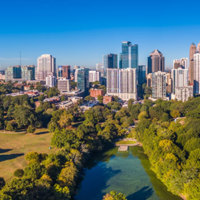
Atlanta is a modern city that is continuously developing to fit the growing needs of society. Atlanta became a prominent city of the Civil War, beginning as a home front, it has only grown since. Atlanta has expanded into a sprawling city that provides diverse jobs, lifestyles and activities. It has become one of the top cities in America for living, arts, and prominent businesses to establish themselves. The city has diversified and grown into a hub for technology, transportation, and innovation. Various features of Atlanta have contributed to the evolution and the connection of communities within the city. The elements that have enabled Atlanta to be the metropolitan area today have been researched and analyzed to explain this growth and change within the city. Each sector ties into a different aspect of life in Atlanta in the public sphere: green space, public parks, athletic stadiums and universities. Although, each feature is extremely different from one another, each allows people to integrate with each other and live in a successful community. The chosen features that were researched and compiled into an exhibit on Omeka include a map that shows the growth of Atlanta, the natural forests that have been incorporated into the city, the Emerald Beltline, Turner Field, Spelman, and lastly, Morehouse and Spelman College.